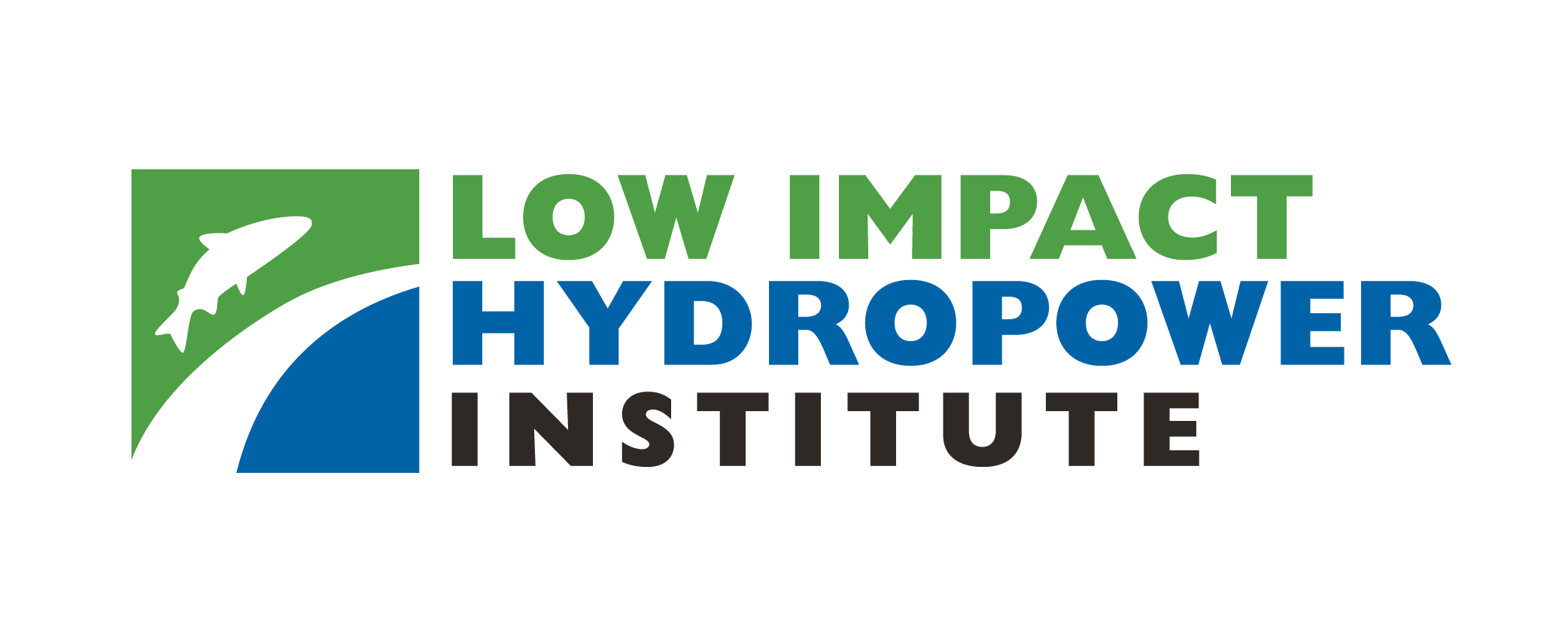LIHI 证书 #188 - 新罕布什尔州 Cascade 项目

| 项目名称 | 级联 |
| LIHI 证书编号 | 188 |
| LIHI 证书期限 | 2022年3月1日-2032年2月29日 |
| 所有者 | Great Lakes Hydro America, LLC,布鲁克菲尔德可再生能源集团的子公司 |
| 状态 | 新罕布什尔州/td> |
| 地点 | 位于库斯县柏林和戈勒姆的安德罗斯科金河 135.6 英里处 |
| 装机容量 | 7.92兆瓦 |
| 平均年发电量 | 39,191 兆瓦时 |
| 设施类型 | 径流式 |
| 联邦能源管理委员会 不。 | P-2327 于 1994 年签发,有效期至 2024 年 7 月 31 日 - 已延期 |
卡斯卡特水电站项目位于新罕布什尔州柏林市和戈勒姆镇的安德罗斯科金河上。 坝 和磨坊最初于1903年由柏林磨坊公司建造,用于为造纸活动提供水力机械动力。磨坊后来被改造成水力发电厂。 发电站 1913年至1918年间,水力机械装置被水力涡轮机/发电机取代。水力发电于1914年首次投入使用。
安德罗斯科金河全长178英里,流经新罕布什尔州和缅因州境内3450平方英里的土地。它在缅因州梅里米廷湾与肯纳贝克河汇合,然后流入缅因湾,最终流入大西洋。该项目是安德罗斯科金河11英里范围内的几个水电项目之一,该河位于新罕布什尔州柏林和谢尔本之间。 锯木厂 (LIHI #173), 交叉电源 (LIHI #174), 上戈勒姆 (LIHI #175), 戈勒姆 (LIHI #153), 谢尔本 (LIHI #176) Cascade 项目位于 跨电力项目(LIHI #174) 并紧邻 上戈勒姆项目 (LIHI #175).
大坝的构造与 1903 年相同。它是一座 583 英尺高的混凝土 重力坝 包括:
- 15 英尺宽的混凝土 邻接 向上游延伸约 20 英尺,向下游延伸约 30 英尺,垂直于 泄洪道,
- 一个 弧形 泄洪道段,长 313 英尺,高 3 英尺 闪光板,
- 前池闸门结构,长 168 英尺,宽 15 英尺。它由 15 个 3 英尺宽的混凝土墩和一个带木 门每个宽 9 英尺,高 11 英尺,
- 毗邻前池闸门结构的桥台,由两道平行的3英尺宽的混凝土挡土墙组成,墙体填土。挡土墙延伸约88英尺,其中77英尺位于河岸内陆。
- 前池位于前池闸门结构下游,长约300英尺,宽约240英尺,最大深度约24英尺。前池墙为混凝土重力式结构,向下游延伸约326英尺。墙体最大高度为41英尺,顶部高4英尺,宽11英寸。
前池墙内有:
- 下游约 90 英尺处有一扇深闸门。
- 下游约 193 英尺处有一条 4 英尺宽、2.5 英尺深的水闸。
- 位于前池墙顶部的混凝土平台,尺寸为 19 英尺 x 24 英尺,用于支撑带有输电线的电塔。
- 一座钢框架砖砌发电厂,长 135 英尺,宽 43 英尺,高 67 英尺,附加混凝土结构,长 19 英尺,宽 24 英尺。三 压力水管 领先于 头 通往三座大门 弗朗西斯式水轮机.
流经溢洪道的水流入一条 400 英尺长的基岩水道旁路段。
该项目采用 径流 模式并蓄水28英亩的水库。 流入 该项目由五个水库调节 源头 安德罗斯科金河水系。该项目通过溢洪道挡水板上的孔口提供6立方英尺/秒的最低流量或入流量(以较小者为准),为当地物种提供稳定的栖息地。该最低流量制度是与美国鱼类及野生动物管理局和新罕布什尔州渔猎局协商后制定的。
项目流域内的水域被评定为B类水体,经处理后,可作为水生生物栖息地、渔业、主要休闲娱乐场所以及饮用水供应。2020年对蓄水池和绕行河段的取样证实,水质参数达到或超过了B类水体的公认标准。
下游的天然屏障阻碍了安德罗斯科金河这一河段的洄游物种的迁徙。美国国家海洋渔业局得出结论,由于下游的刘易斯顿瀑布和拉姆福德瀑布,大西洋鲑鱼、鲱鱼、河鲱和条纹鲈鱼等物种将无法到达项目附近的水域。美洲鳗,一种 洄游性 安德罗斯科金河下游也有分布,但数量相对较少。在安德罗斯科金河上游的鱼类采样研究中,未发现美洲鳗。然而,安德罗斯科金河上游是著名的冷水鳟鱼和内陆鲑鱼渔场。上游流域和支流的鳟鱼放养和野生繁殖促进了该渔场的繁荣。其他留存鱼类包括秋鲦、小嘴鲈鱼、白吸盘鱼、长鼻鲮、普通鲦鱼、斑尾鲦鱼、虹鳟鱼、大头鱼和黄鲈鱼。
有限的项目用地包括与项目结构相关的土地。海岸线管理计划管理项目区域的土地使用,并执行《新罕布什尔州综合海岸线保护法》(现为《海岸线水质保护法》)的规定。该政策列出了250英尺缓冲区内允许、禁止或限制的海岸线用途,并制定了现有林地缓冲区内的种植和植被移除标准。
项目附近可能存在的受威胁或濒危物种包括加拿大猞猁、北长耳蝠、东部小足蝠、小棕蝠和三色蝙蝠。由于项目维护活动有限,预计不会对列入名录的物种造成任何影响。径流式运行还能限制蓄水量波动,并将对海岸线栖息地和留存物种的潜在不利影响降至最低。
项目区域内没有任何考古或文化资源。项目业主每年都会提交一份关于该区域建筑物(特别是大坝和发电站)管理的报告。
项目有限的区域内不提供任何休闲娱乐资源。上游Cross Power项目的尾水道设有非正式通道,附近有两个市政公园。下游通道可从距离项目约两英里的一个砾石手推船站点进入。此外,由于周围土地森林茂密且地势陡峭,因此无法安全进入蓄水池、旁路河段或尾水道。
合规状态
该证书包括以下针对设施的特定条件:
条件 1: 设施所有者应向 LIHI 提供项目重新许可的持续状态更新,包括研究、FERC 备案、资源机构咨询、处方和建议以及机构对研究结果的评论。LIHI 保留根据重新许可的结果修改证书或条件的权利。
2025: 未发现任何重大变更或合规问题。根据年度审查,该项目仍然合规。对于条件1,该项目报告称,NHDES于2024年9月19日发布了水质认证,FERC于2024年10月7日发布了最终环境评估报告。
2024: 未发现任何重大变更或合规问题。根据年度审查,该项目仍然合规。对于条件1,联邦能源管理委员会发布了“环境分析准备就绪”通知,并于2023年发布了准备环境评估的意向通知。
2023: 未发现任何重大变更或合规问题。根据年度审查,该项目仍然合规。对于条件1,该项目报告称已于2022年8月1日提交最终重新许可申请。
2022: 当前证书的年度报告尚未生效。
认证历史
2022年5月19日: 2022年5月18日,申诉期结束后,在无人提出申诉的情况下,认证Cascade项目的决定正式生效。认证期限为2022年3月1日至2032年2月29日。
2022年4月18日: 低影响水电研究所 (LIHI) 已初步批准梯级项目获得为期 10 年的低影响认证。完整的申请和审核报告如下。此决定为初步决定,需等待 30 天的申诉期结束。只有在 60 天的评论期内对初始申请发表评论的人员才有资格提出申诉。此类申诉需要解释该项目为何不符合 LIHI 标准。申诉请求可通过电子邮件发送至 comments@lowimpacthydro.org,邮件主题请注明“梯级项目”,或邮寄至低影响水电研究所,地址:1167 Massachusetts Ave, Office 407, Arlington, MA 02476。所有请求都将发布在网站上。申请人将有机会做出回应,所有回复也将发布。 请求必须在 2022 年 5 月 18 日美国东部时间下午 5 点之前收到。 如果没有收到上诉请求且决定成为最终决定,则该项目的认证期限为 2022 年 3 月 1 日至 2032 年 2 月 29 日。
2022年2月7日: 低影响水电研究所 (LIHI) 已收到梯级项目低影响认证的完整申请。LIHI 正在就此申请征询公众意见。具体而言,我们想知道您是否认为该项目符合 LIHI 低影响认证标准(第二版手册中修订版)。请查看 LIHI 修订版中的项目和标准。 手册 然后查看以下项目的申请材料。与特定 LIHI 标准(流量、水质、 鱼道等)将非常有帮助,但所有评论都会被考虑。评论可以通过电子邮件提交给研究所 comments@lowimpacthydro.org 请在主题行中注明“Cascade Project Comments”,或邮寄至 Low Impact Hydropower Institute, 1167 Massachusetts Avenue, Arlington, MA 02476。 评论必须在东部时间下午 5 点或之前收到 2022年4月8日 有待考量。 所有评论都将发布到网站上,申请人将有机会作出回应。所有回应也将发布。
认证文件
2022 年认证
